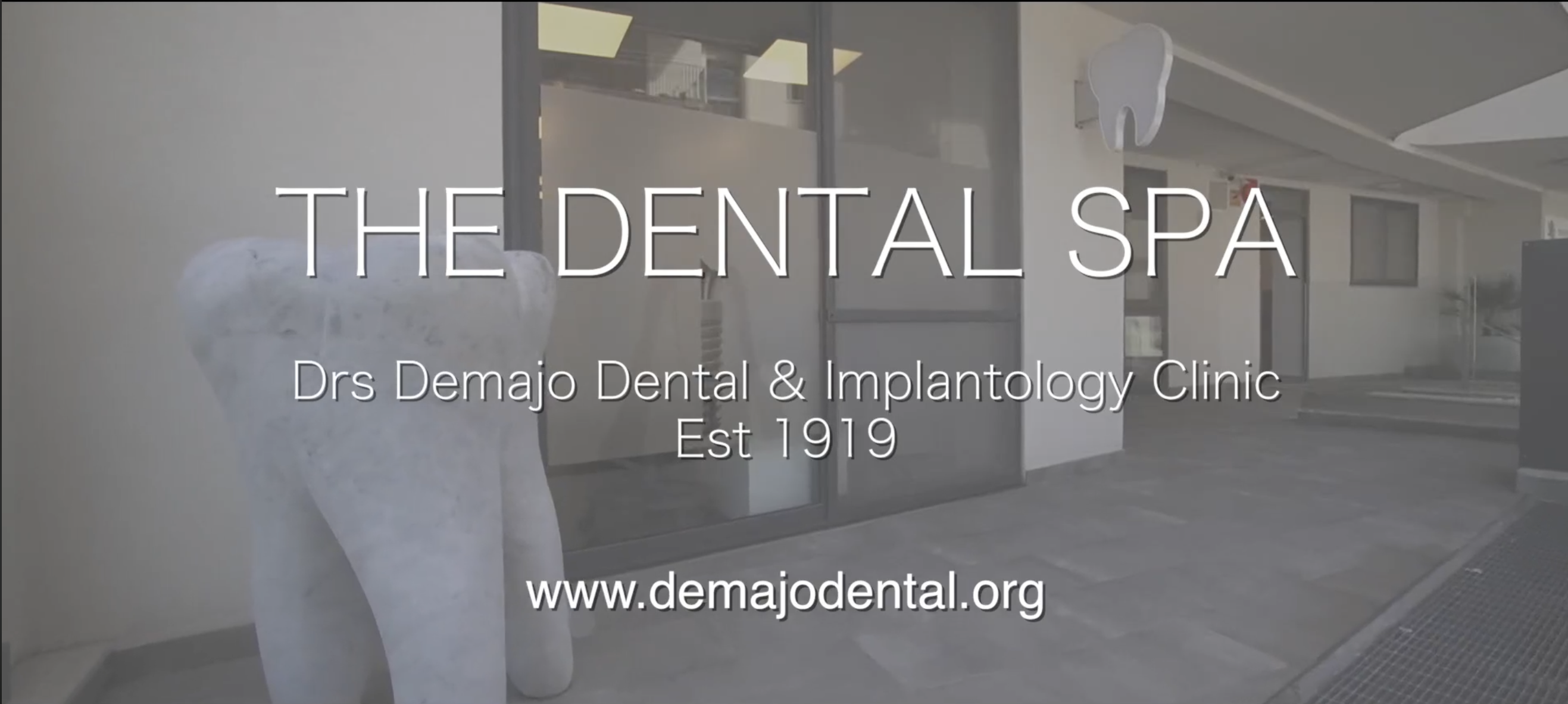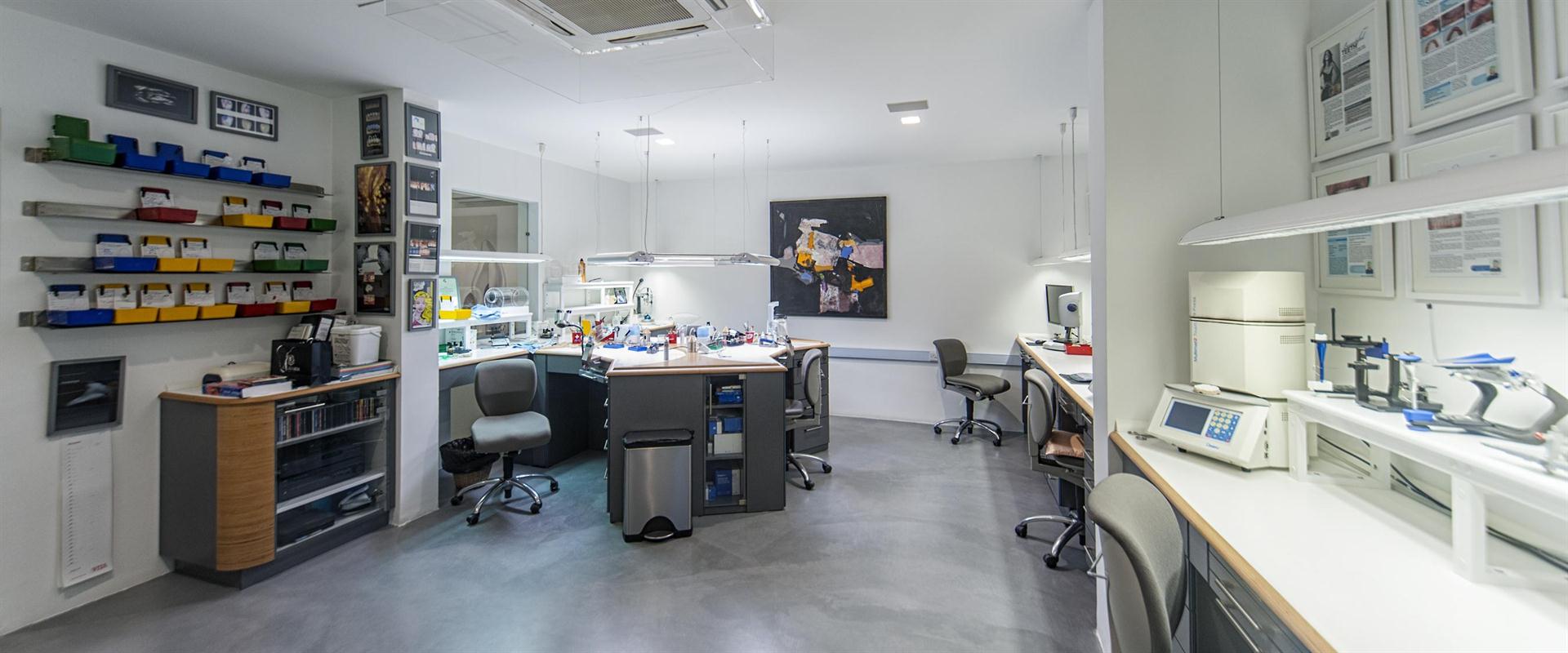Implants: A Successful Practice
Dental implants have been used for over fifty years. In the early days nails would be hammered into the jaw providing a form of retention to dentures. Today’s implants offer far more than that. They have been carefully studied and tested. Shapes and forms of implants have evolved into the 97% successful story of a titanium implant osseo-integrated(fused) to bone.
Facts on Dental Implants
- Implants fuse to the jaw-bone through a process called osseointegration. This biotechnology was discovered through orthopaedic surgery.
- Some of the oldest first generation implants have survived for over 40 years.
- Conventional Implants require 3-6months healing prior to loading of teeth
- Some implants make use of a special implant surface allowing for quicker healing and immediate loading of teeth.
- Implants carry a 97% success rate and a 3% failure rate.
- Implants are not suited for everyone. Patient selection is key for good results.
Not every patient is a good candidate for implant treatment. A consultation prior to implant treatment planning may reveal certain social, medical and dental factors which may alter the surgeon’s judgement into whether he or she should obtain implant treatment.
High-risk patients
- Moderate to heavy smokers. Smoking reduces the blood supply to all sites within the body including the mouth. This reduces the nutrients as well as the efficiency of the immune response raising the risk of infection
- Patients suffering from Type 1 Diabetes. These patients suffer from increased risk of infection.
- Patients with poor oral hygiene. High levels of plaque and calculus harbour bacteria capable of causing an inflammatory response around the implant resulting in bone loss around the implant. This causes loss of implant support and eventual mobility of the implant leading to failure.
- Patients suffering from chronic gum disease: Gum disease around implants is not so different that gum disease around implants. Periodontal disease is to teeth as peri-implantitis is to implants
- Patients having undergone cancer therapy: Cancer treatment reduces bone strength and vascularity raising the risk of bone necrosis (bone decomposition) around implants. The same goes for patients making use of daily medication following the cure of their cancer.
- Patients who grind their teeth: High occlusal or masticatory loads are transmitted to both the teeth, natural or implanted and the underlying bone. These excessive loads may not only break any implant related components of the implanted teeth but also cause circumferential bone loss of the implant.
Successful implants and their maintenance
- The key to successful implant treatment starts off with choosing the right patient. Healthy motivated patients are an excellent start.
- Oral hygiene must be very good. Brushing, flossing and the use of low concentration medicated mouthwash is a must.
- Smoking cessation goes hand in hand with good long-term implant survival. Implant success decreases to 80% in smokers.
- Implants should be placed by experienced qualified clinicians.
- Routine dental check-ups: Routine examinations by the implantologist and hygienist twice yearly are crucial in maintaining good oral health.
Placing implants is a highly delicate process requiring skill and clinical experience. No matter how well the implants have healed, their long-term success lies with the patient’s understanding of their commitment to dental implants; everyday care and routine professional examination. Ask your dentist if you are a good candidate. If you are, then you’ll benefit enormously!


